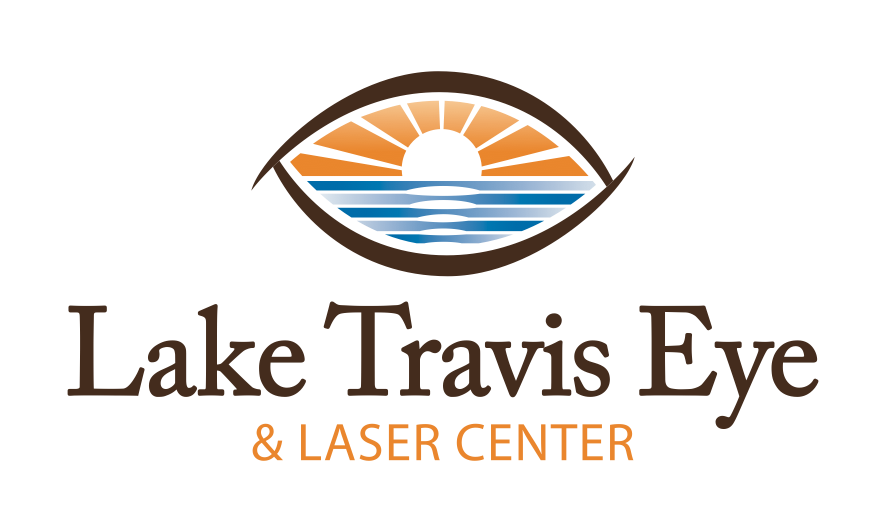
PRESBYOPIA & DLS
As we age, our eyes — like the rest of our bodies — begin to lose flexibility and strength. When this happens to the lens of the eye and its surrounding muscles, your lens will become stiff. This makes it harder to see close objects clearly because the eyes can’t focus properly. It’s a natural part of aging that typically begins around age 40.
Is Presbyopia the Same as Farsightedness?
No. Farsightedness is caused by distortions in the shape of the eyeball. Presbyopia occurs when your lens becomes stiff.
What Are the Symptoms of Presbyopia?
A need to hold things at arm’s length to read them
Blurry vision when reading things at a normal distance
Fatigue or headaches after doing work at a close distance
How Is Presbyopia Diagnosed?
Your eye care provider will conduct a thorough eye exam and check for presbyopia.
How Is Presbyopia Treated?
To help correct the symptoms, your eye care provider may advise you to use aids such as:
Prescription eyeglasses
Contact lenses
Reading glasses
Progressive lenses
Bifocals
Most commonly, bifocals or progressive lenses are recommended. The top portion of the eyeglasses correct vision at long distances, and the bottom portion helps you see clearly up close. Bifocals have a distinct edge between the two prescriptions, but progressive lenses have a graduated transition between the areas. This progression can help with intermediate (computer distance) vision.
Over time, if your presbyopia continues to progress, then you may need to update your eyewear periodically to maintain clear vision.
If you prefer a more permanent treatment, ask your eye care provider if you’re a good candidate for Refractive lens exchange. As a sign of natural and healthy aging, presbyopia can be annoying, but it’s easy to address. Whether you prefer glasses, contact lenses or surgery, talk with your eye care provider to find out which options are best for you.
DYSFUNCTIONAL LENS SYNDROME (DLS)
DLS Stage One
Losing the ability to focus on close objects, or accommodation, occurs in Stage 1 of DLS. We typically don’t notice this until after the age of 40, when decreasing lens elasticity causes tasks such as reading or working on a computer to become more difficult and more tiring. At this point, the proteins that make up the lens are still clear, but just become less flexible. At first, one can still focus by holding objects a little further away. Eventually, one relies on reading glasses for near tasks. The Kamra inlay can help Stage 1 eyes become less dependent on or even free of the need to use reading glasses.
DLS Stage Two
In the second stage of DLS, the proteins in the lens become discolored and cause glare, mild visual blur, and decreased contrast sensitivity. A diagnostic test called the AcuTarget HD can measure the light scatter and decreased visual quality in your eye seen when the lens proteins begin to change. At this stage, visual function can be restored with a Dysfunctional Lens Replacement. During this procedure, the lens is replaced with a plastic intraocular lens implant (IOL). While these lens implants are certainly not perfect, they can provide spectacular improvement in distance, intermediate, and near vision.
DLS Stage Three
The final stage of DLS is the formation of a cataract. This occurs when the lens inside of the eye becomes yellow, cloudy, or even brown. The eye completely loses the ability to focus even with the proper glasses prescription, and glare can become an intensifying symptom. At this stage, cataract surgery is warranted.
